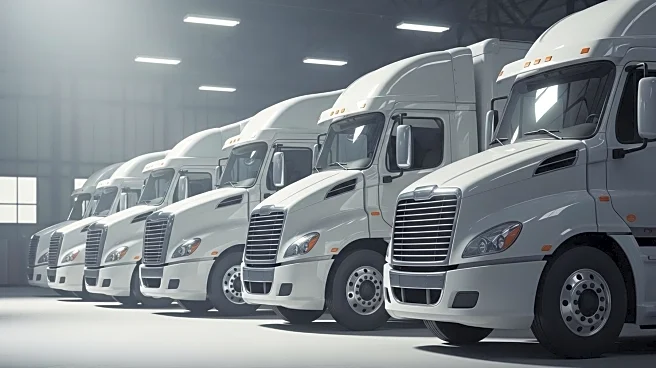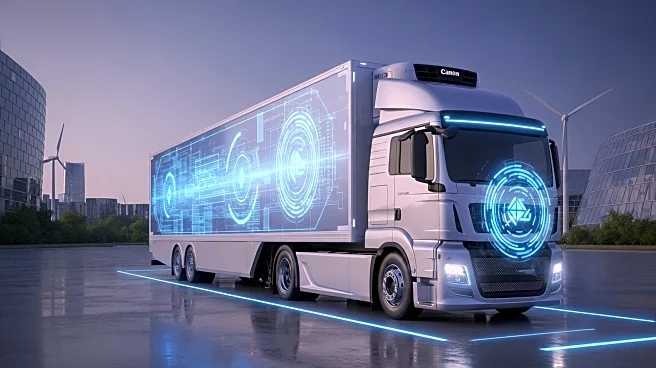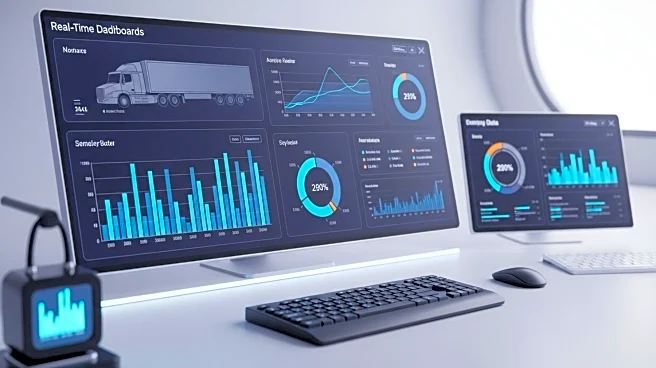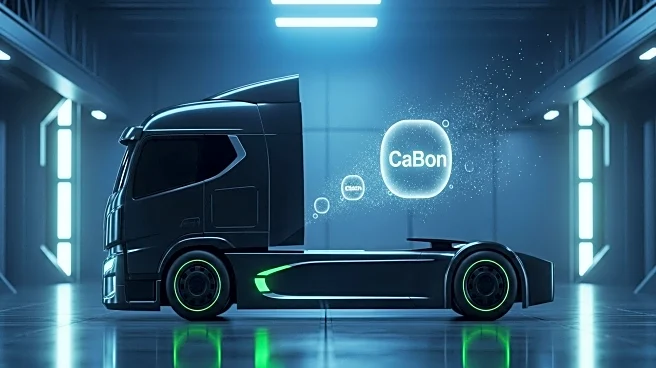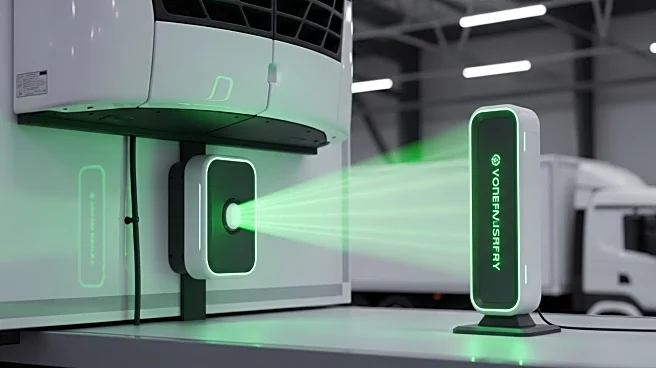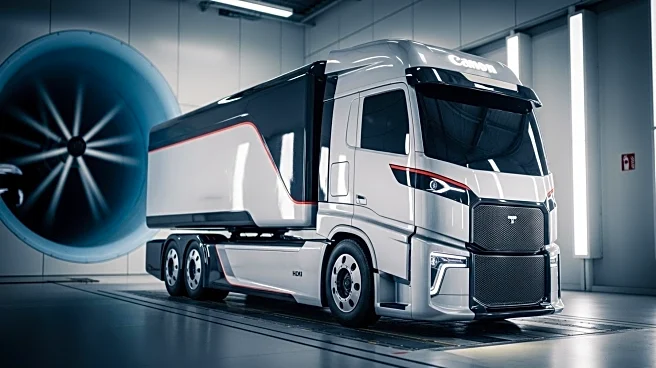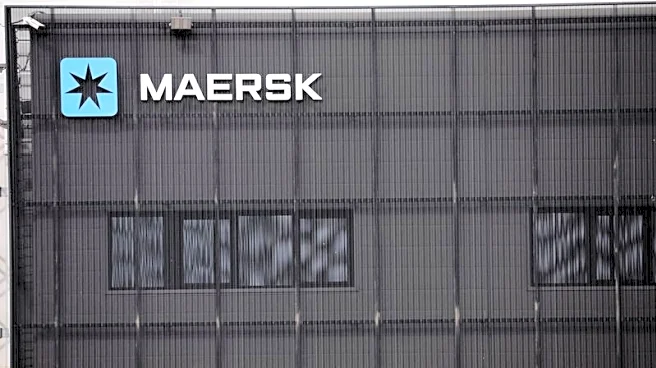What's Happening?
The EPA27 emissions standards are set to take effect, requiring truck manufacturers to meet new NOx standards by 2027. Industry experts at the FTR Transportation Conference highlighted the urgency for fleets to prepare for these changes, as OEMs will soon begin production of MY 2026 vehicles. Truck makers are developing models to comply with EPA27, but potential procurement disruptions could arise if the EPA decides to amend or delay the regulations. The standards include increased warranty requirements, which could impact costs and production timelines.
Why It's Important?
The implementation of EPA27 standards is crucial for reducing emissions and improving air quality. However, it presents challenges for truck manufacturers and fleets, as they must adapt to new regulations and potentially higher costs. The industry faces pressure to innovate and develop compliant technologies, which could affect market dynamics and competitiveness. Fleets that fail to prepare may face operational disruptions and financial setbacks, highlighting the importance of strategic planning and investment in new technologies.
What's Next?
The EPA's decision on whether to maintain, amend, or delay EPA27 will significantly impact the trucking industry. Stakeholders are awaiting clarity on the regulations to finalize their production and procurement strategies. The industry may see increased collaboration and lobbying efforts to influence policy decisions. Truck manufacturers and fleets will need to assess their readiness and explore options to meet the standards while managing costs and maintaining efficiency.
Beyond the Headlines
The transition to stricter emissions standards raises questions about the balance between environmental goals and economic impacts. The trucking industry must navigate regulatory changes while addressing concerns about cost, technology adoption, and market competition. Long-term, these standards could drive innovation and reshape the industry's approach to sustainability.
